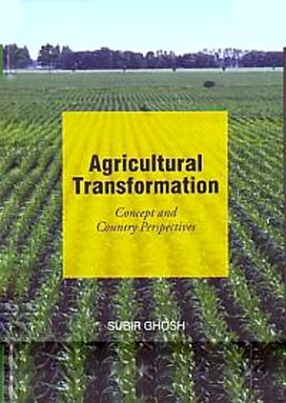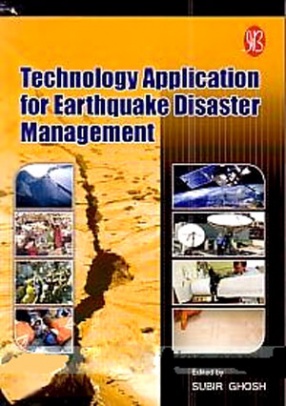Disaster is an unpredictable and sudden event in devastating nature, which causes human sufferings and loss of property, plants and animals etc. This damage is immeasurable and varies according to the geographical location and the degree of vulnerability. Therefore, disaster completely disturbs normal life. The experience of 2004 Indian Ocean Tsunami, 2001 Gujarat earthquake, 1999 earthquake in Turkey, 2001 coastal earthquake in Central America, Lopevi volcanic eruption of 2006, Assam flood of 2003, Great flood of 1993 in the United States, Bangladesh flood of July 2007 and 2001 earthquake in Indonesia etc show that disaster causes human sufferings, environmental smash-up and disruption of economic development. These previous deadly disasters have increased the importance of disaster management. Though most of the major disasters are unavoidable and it is almost impossible to fully recover the loss caused by disasters, the loss minimization is possible through the use of technologies. Information is one of the most important requirements for disaster management. The concept of World Wide Web (WWW) is an emerging trend in the arena of disaster management. With this background, the book tries to focus as to how the existing technologies like Geographical Information System (GIS), Remote Sensing (RS), Information and Communication Technology (ICT), Global Positioning System (GPS), Data Information Exchange, Data Mining, Very Small Aperture Terminal (VSAT), Early Warning System and Knowledge Management help in disaster management.
Natural Disaster Management: New Technologies and Opportunities
In stock
Free & Quick Delivery Worldwide
reviews
Bibliographic information
Title
Natural Disaster Management: New Technologies and Opportunities
Author
Edition
1st ed.
Publisher
ISBN
9788131419236
Length
260p.
Subjects








There are no reviews yet.